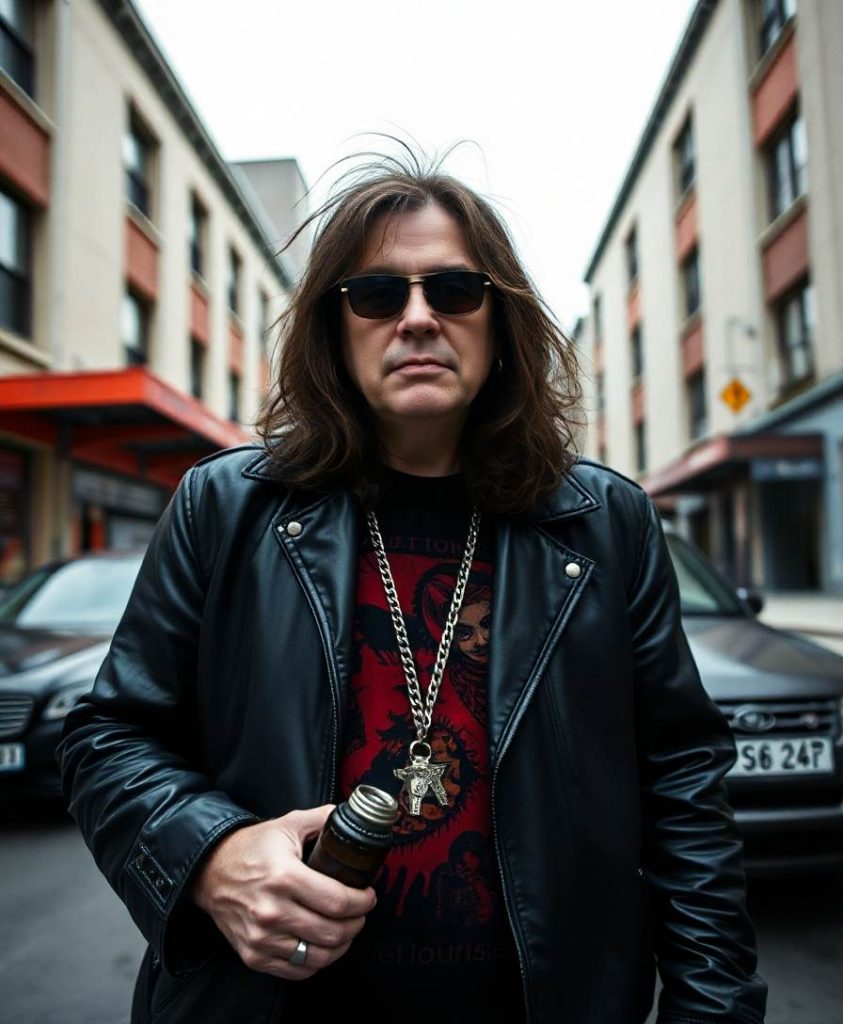Abstract
The practice of burying objects with the dead is often claimed as some of the earliest evidence for religion, on the assumption that such “grave goods” were intended for the decedents’ use in the afterlife. However, this assumption is largely speculative, as the underlying motivations for grave-good practices across time and place remain little understood. In the present work, we asked if explicit and implicit religious beliefs (particularly those concerning the continuity of personal consciousness after death) motivate contemporary grave-good practices. Across three studies, and comparing participants from the United States and NZ, we measured grave-good deposition at actual or hypothetical funerals, finding that jewelry, photographs, and other items with sentimental, emotional, and relationship value were common. In addition, intuitive afterlife reasoning (as measured by people’s attributions of mental states to the dead) motivated grave-good decision-making for about half (Study 2) or more (Study 3) people, including afterlife nonbelievers (“extinctivists”), while those who held explicit (i.e., stated) afterlife beliefs were more likely to participate in the practice. The decision to leave grave goods was also associated with magical contagion beliefs and a need for personal comfort, while other motivations, such as social signaling, were less common. Our results suggest that “afterlife use” is a common motivation for grave-good practices, and that humans possess evolutionarily early intuitions about postdeath consciousness.



